Development prospects of the global sportswear industry
 2025-05-07
2025-05-07

 Sansansun
Sansansun
Sportswear is a kind of clothing designed for sports activities. It is popular in the sports market because of its breathability and comfort. In recent years, with consumers' pursuit of healthy lifestyles and the advancement of technology, the demand for efficient and intelligent sportswear has continued to increase. At present, the technology of sportswear on the market is relatively mature and can provide stable performance. With the advancement of material science and design technology, the use of high-performance materials and advanced manufacturing processes can improve the comfort and functionality of sportswear. In addition, with the optimization of production processes, the production efficiency and quality control level of sportswear have been improved. However, the manufacturing cost of sportswear is high, and there are certain requirements for the use environment, which, to a certain extent, limit its application in some areas.
In the future, with the popularization of personalized consumption and healthy lifestyles, sportswear will develop in a more intelligent and multifunctional direction. By introducing advanced sensor technology and intelligent control systems, the automation level and reliability of sportswear can be further improved, and remote monitoring and fault diagnosis can be realized. At the same time, by optimizing the design and improving the manufacturing accuracy, the volume and weight of the equipment can be reduced, and the portability and ease of operation can be improved. In addition, with the application of new material technology, the technology used to produce low-energy and environmentally friendly sportswear will become a research hotspot to reduce the impact on the environment. However, how to reduce production costs and improve market competitiveness while ensuring the performance of sportswear is a problem that sportswear manufacturers need to solve. In addition to strengthening cooperation with scientific research institutions and providing professional consulting services and customized solutions is also key to improving market competitiveness.
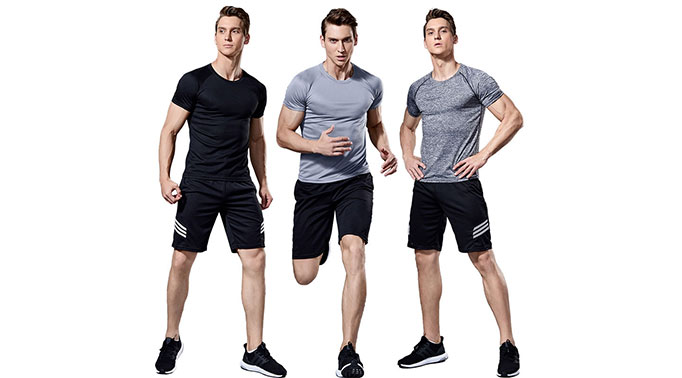
Market size growth
According to statistics, the retail value of the global sportswear industry will be close to US$395 billion in 2023, with a compound annual growth rate of about 4.5% from 2009 to 2023, and it will recover rapidly after the epidemic. The retail value in 2021 exceeded the level of 2019.
It is expected that the retail value of sportswear will expand at a compound annual growth rate of about 6%-7% from 2024 to 2028, and will grow at a compound annual growth rate of 6.7% from 2023 to 2030. By 2030, the market size will expand to US$337.2 billion.
Demand drivers
Increased health awareness: People's attention to health and fitness continues to increase, and more and more people are participating in various sports and outdoor activities, such as running, yoga, fitness, etc., which has driven the demand for sportswear.
Female market growth: The number of women participating in sports is increasing, and the participation of women in activities such as running, yoga, and gyms continues to rise, making the female sportswear market show great growth potential, with a high annual compound growth rate.
Casual clothing trend: Daily dress codes are gradually becoming casual. Sportswear is not only worn during exercise, but also becomes a fashionable choice for daily leisure, expanding the use scenarios and market demand for sportswear.
Emerging market potential: The growing demand for sportswear among consumers in emerging markets such as the Asia-Pacific region, the rapid development of retail infrastructure, and the increase in consumer disposable income provide a broader development space for the sportswear market.

Technological innovation drives
Intelligence and functionality: In the future, sportswear will pay more attention to intelligence and functionality, such as introducing high-tech elements such as intelligent sensing technology and bio-monitoring chips, which can monitor users' sports data in real time and provide personalized sports suggestions and data analysis.
Material technology: The use of new materials such as nanomaterials and flexible electronic technology makes sportswear lighter, more breathable, and more wear-resistant, improving users' comfort and sports experience, while also promoting sportswear to develop in a professional and high-end direction.
Sustainable development needs
With the improvement of global environmental awareness, sustainable development has become an important trend in the sportswear industry. Consumers' increasing attention to environmentally friendly products has prompted brands to pay more attention to the selection of environmentally friendly materials and the environmental friendliness of the production process, such as using degradable materials or recycled materials to produce sportswear, and optimizing production processes to reduce energy consumption and waste emissions.
Sales channel expansion
Online channel growth: The popularity of e-commerce has enabled online channels to occupy an increasingly large share of the sportswear market, and consumers can buy sportswear more conveniently. Online platforms not only provide a rich selection of goods and a convenient shopping experience, but also improve consumers' shopping satisfaction through functions such as virtual fitting and personalized recommendations.
Offline channel optimization: Despite the rapid development of online channels, offline channels still play an irreplaceable role in brand display, product experience, and after-sales service. Brands will pay more attention to experiential marketing and scene-based display in offline stores to enhance consumers' shopping experience.
Changes in the competitive landscape
Solidity of head brands: In the world and major markets, head brands such as Nike, Adidas, Anta, and Li Ning will continue to occupy a leading position with their strong brand influence, advanced technical strength, and extensive market channels.
Rise of emerging brands: Emerging brands such as Sansansun Sports and Hoka have attracted a large number of consumers with their innovative product design and unique brand positioning, and their market share has continued to expand, bringing certain competitive pressure to traditional brands.
Luxury brand crossover: Some high-end and luxury brands have begun to enter the sportswear market, such as Gucci and Burberry, and have met consumers' demand for high-quality and fashionable sportswear by cooperating with sports brands or launching their sportswear series, further intensifying market competition.
Market segmentation and personalization
Consumers' demands for sportswear are becoming increasingly diverse, focusing not only on comfort, breathability, and functionality but also on fashion elements and personalized design. Brands will pay more attention to product segmentation and personalized customization, and meet the needs of different consumers by cooperating with designers and launching limited edition products.
Innovation in marketing methods
Social media and influencer marketing will be more widely used in the sportswear industry. Brands will cooperate with well-known athletes, Internet celebrities, bloggers, etc., and use their influence and fan base to promote products and brands, thereby increasing brand awareness and product sales.

 Inquire(
Inquire(
 HOME
HOME Sansansun Sports: A Trustworthy Chinese Yoga Wear Manufacturer
Sansansun Sports: A Trustworthy Chinese Yoga Wear Manufacturer  You May Also Like
You May Also Like
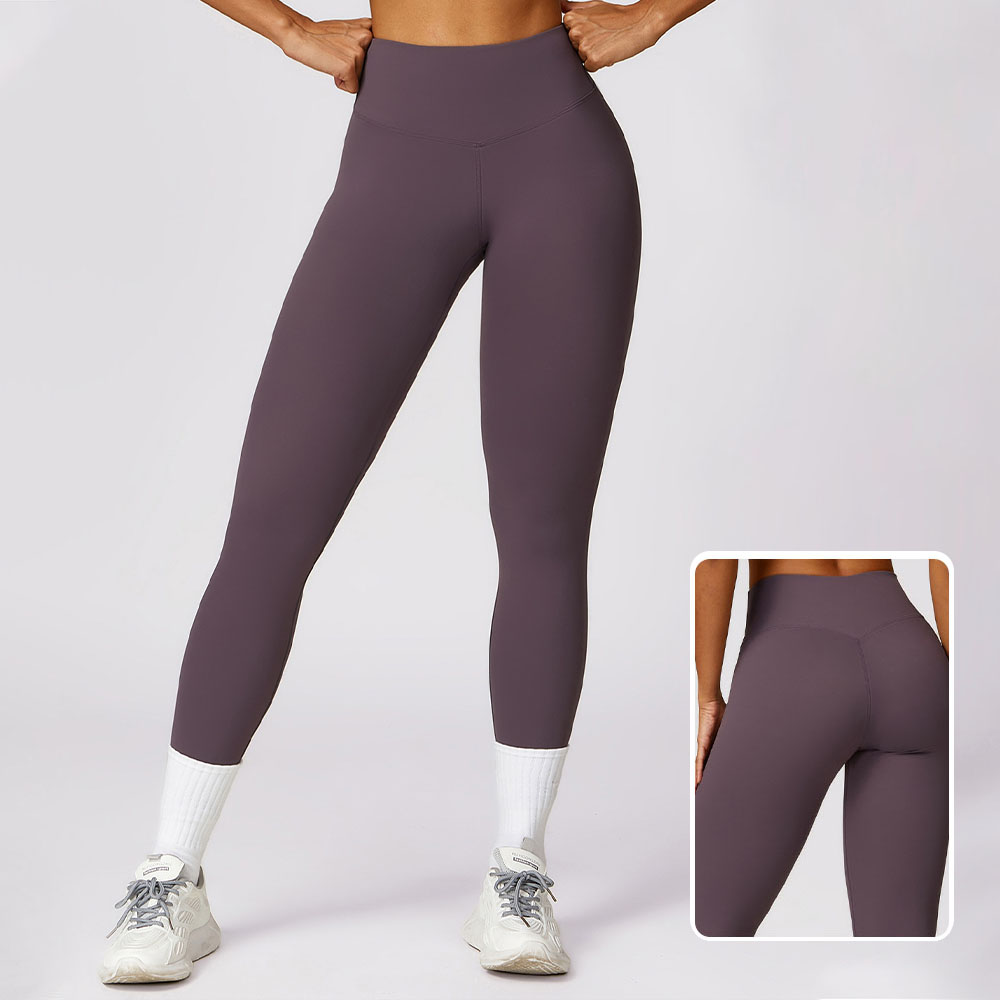

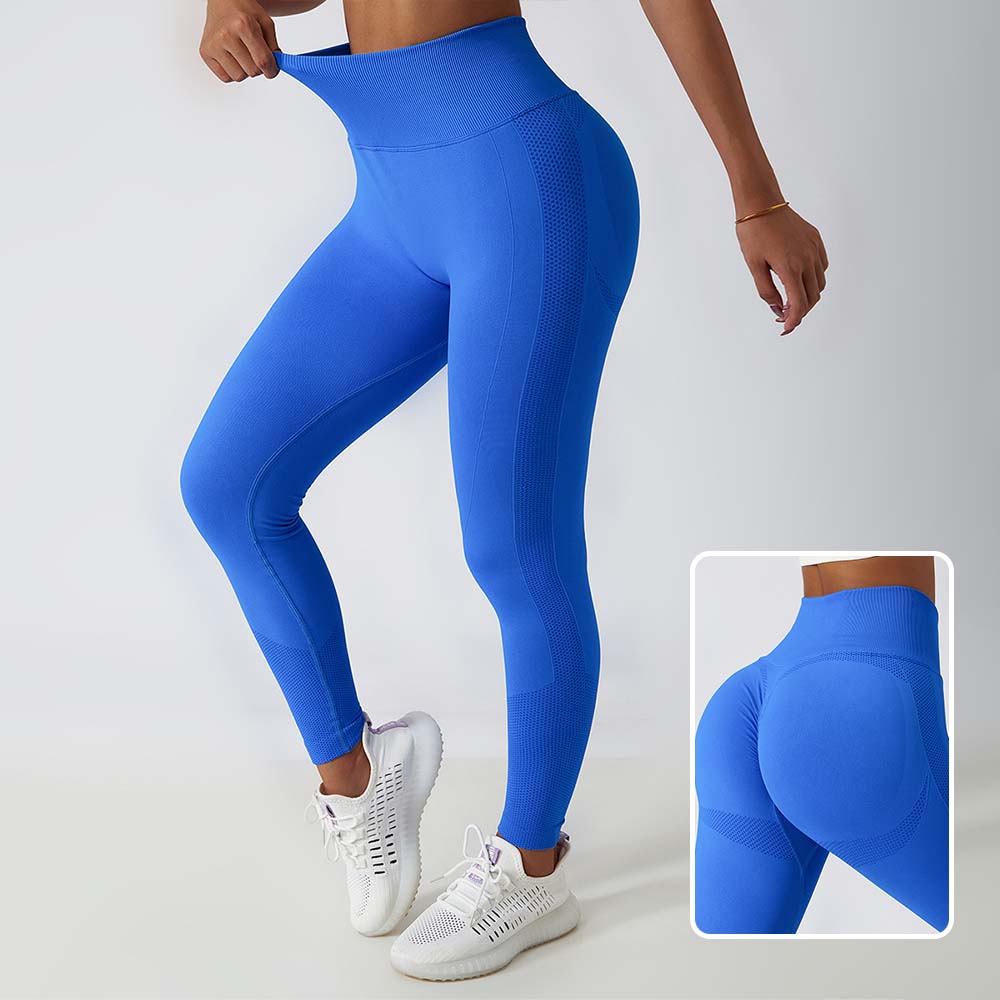
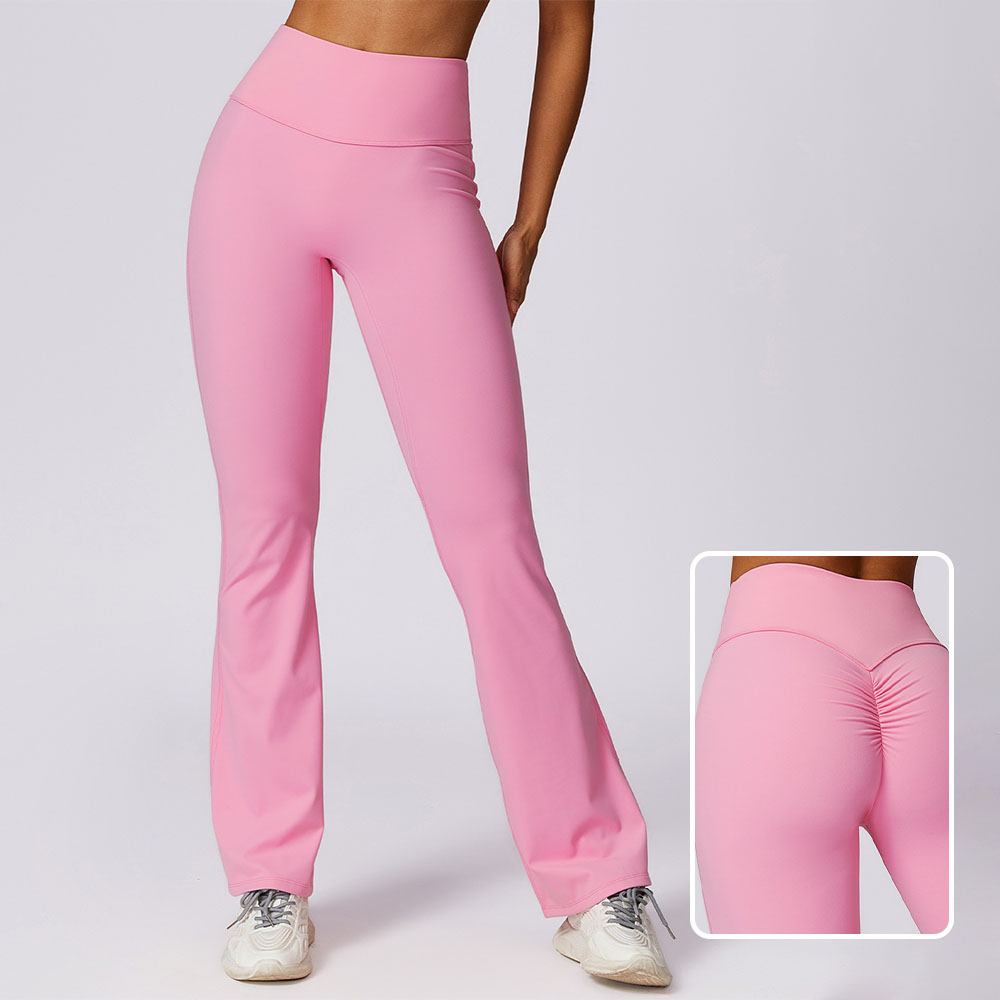
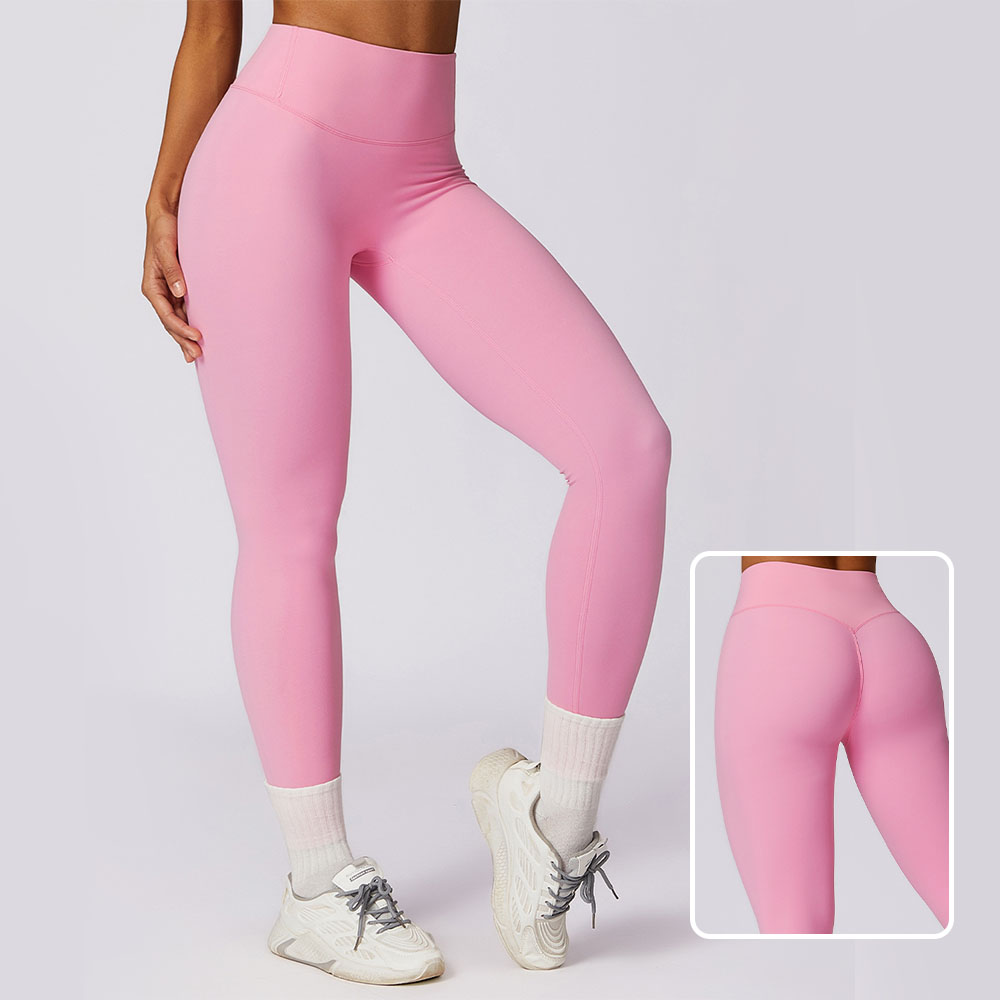
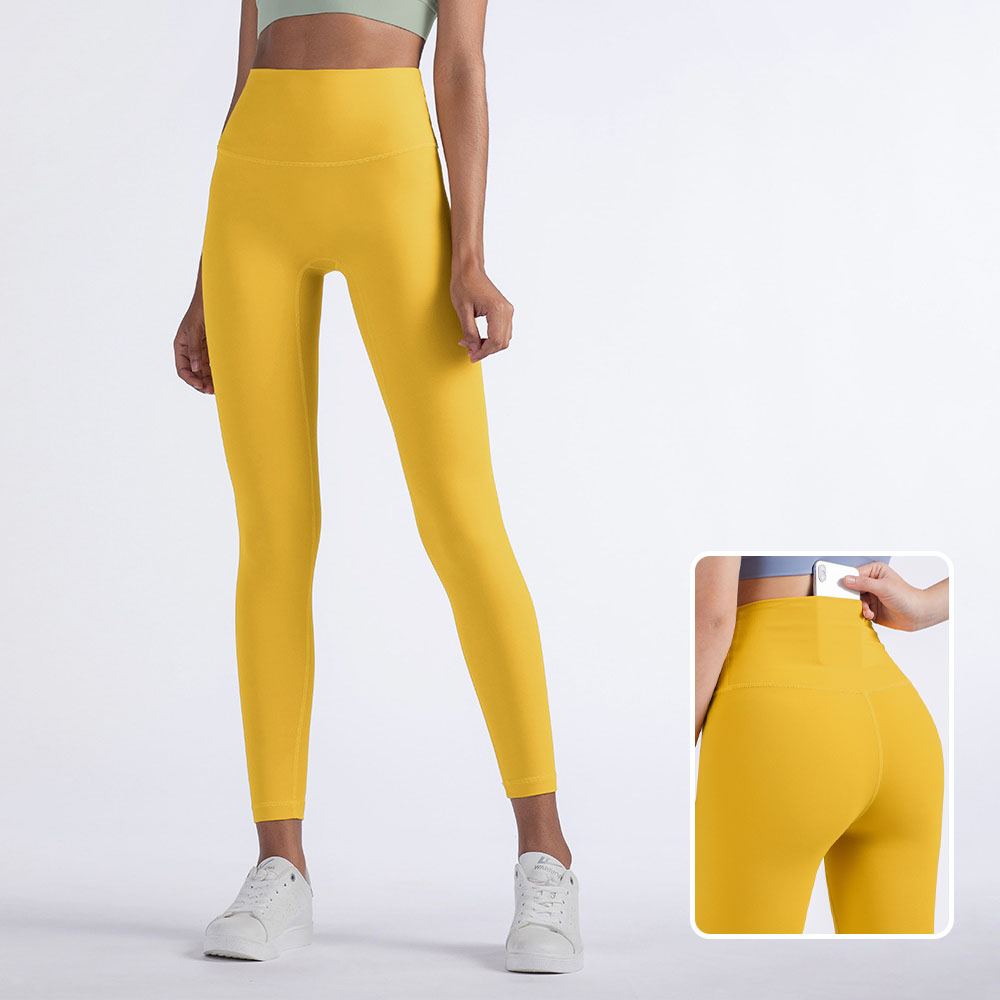
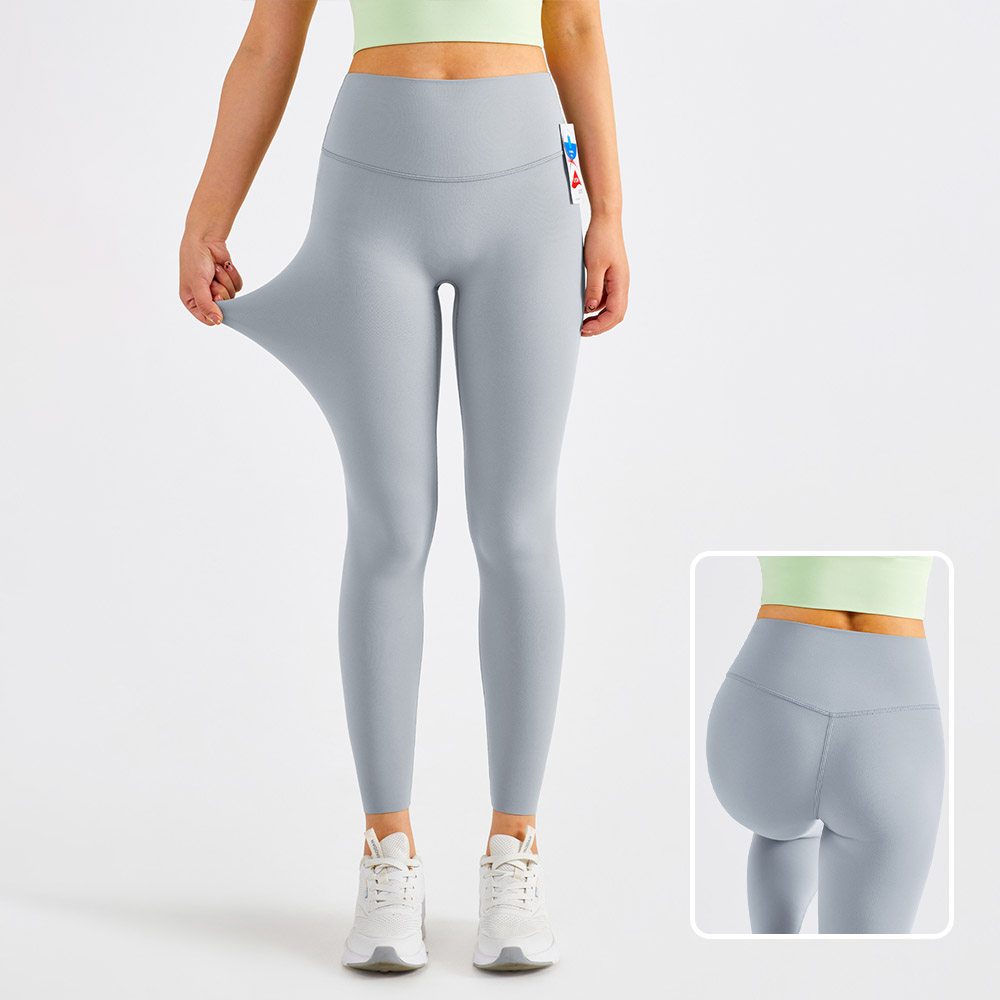
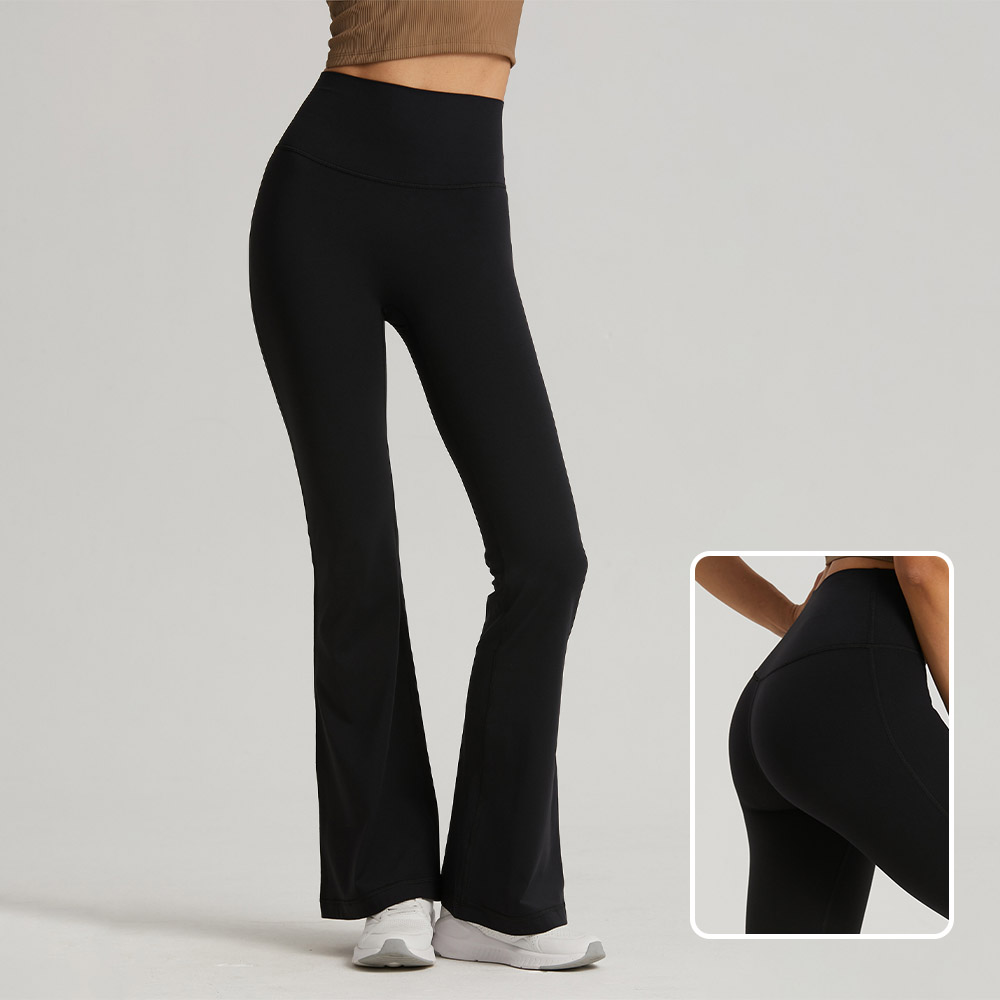
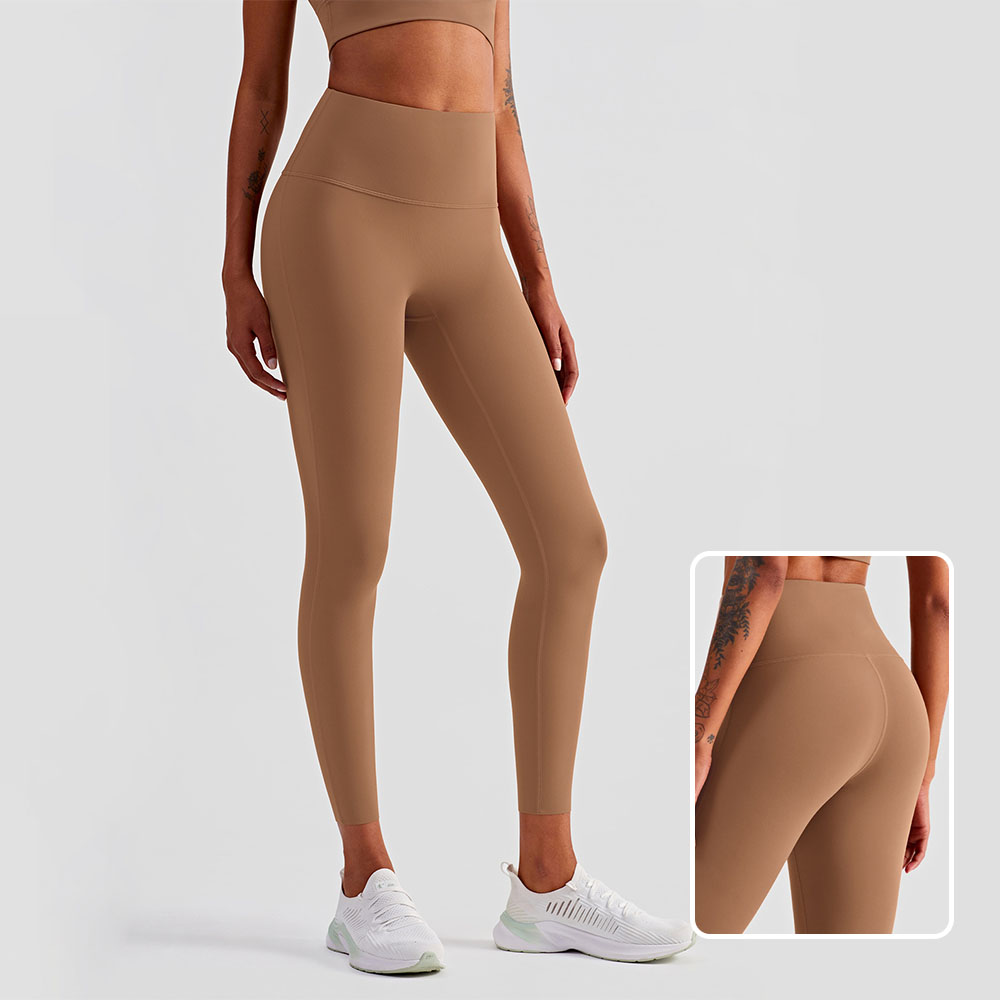
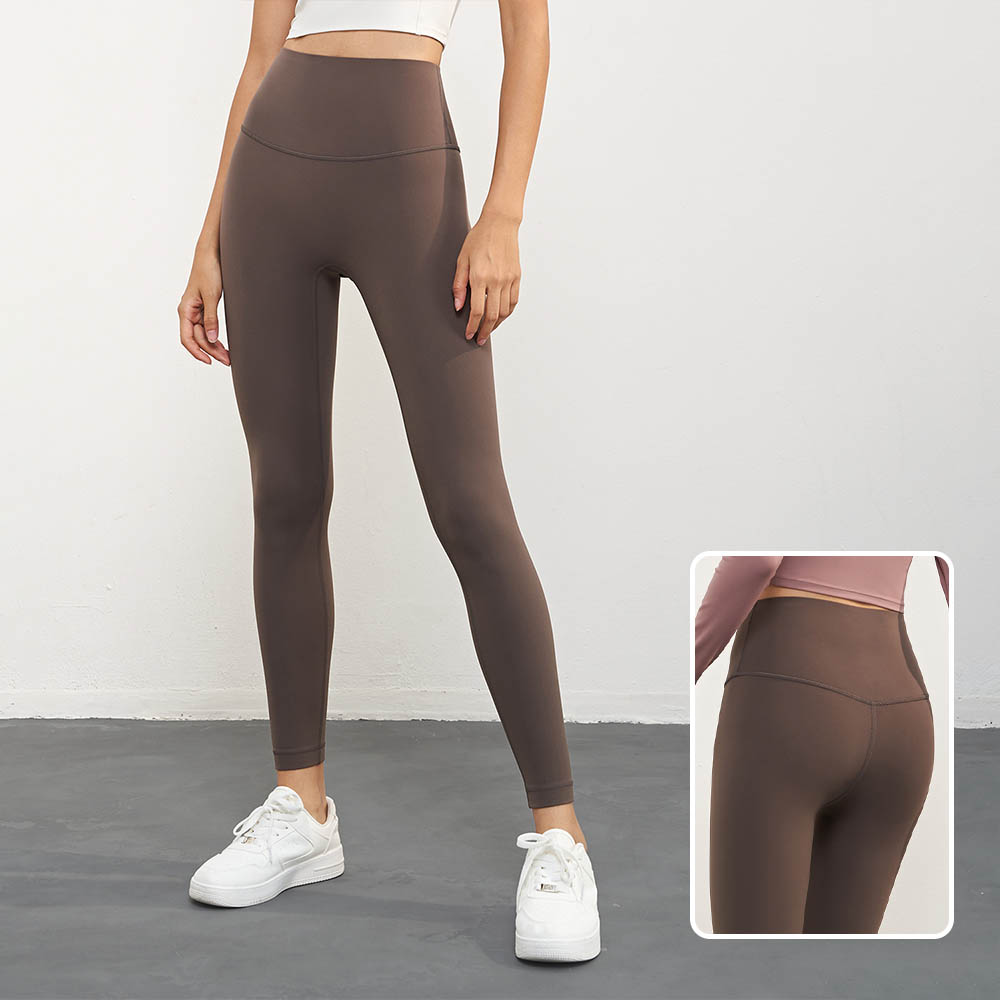
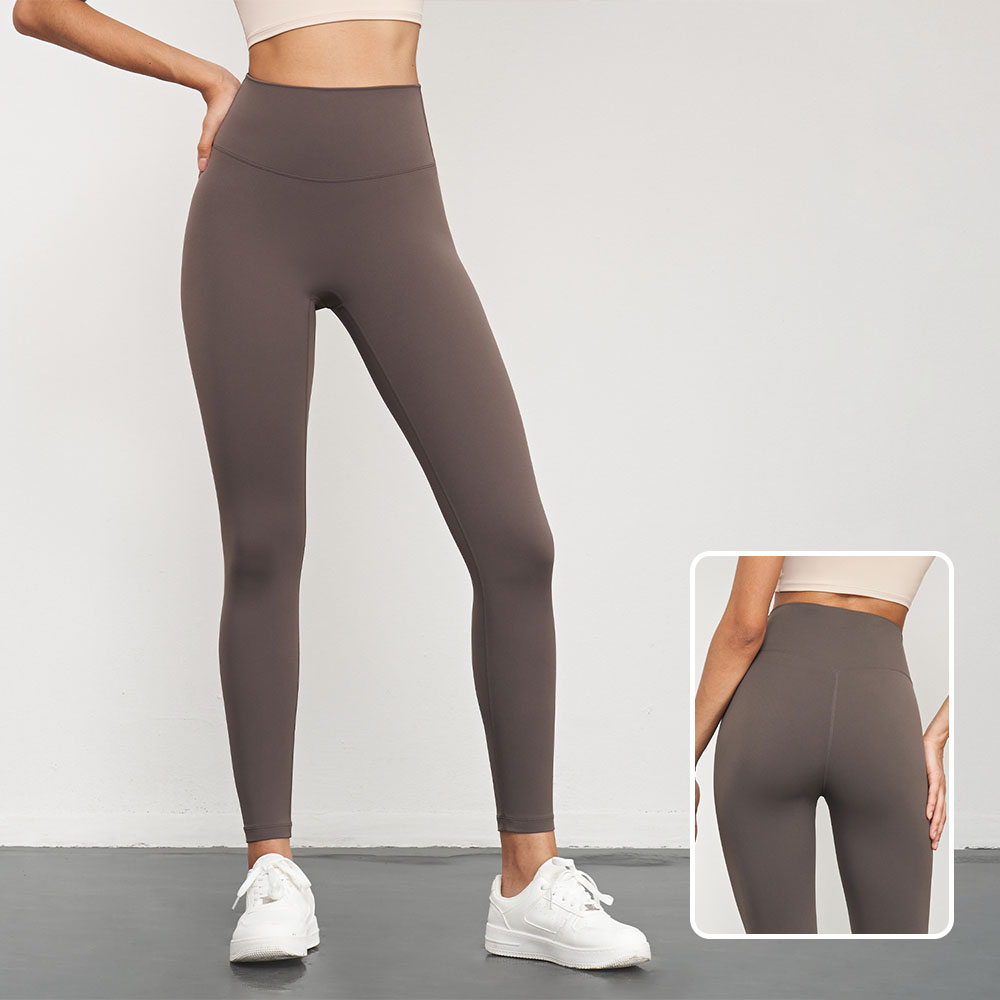
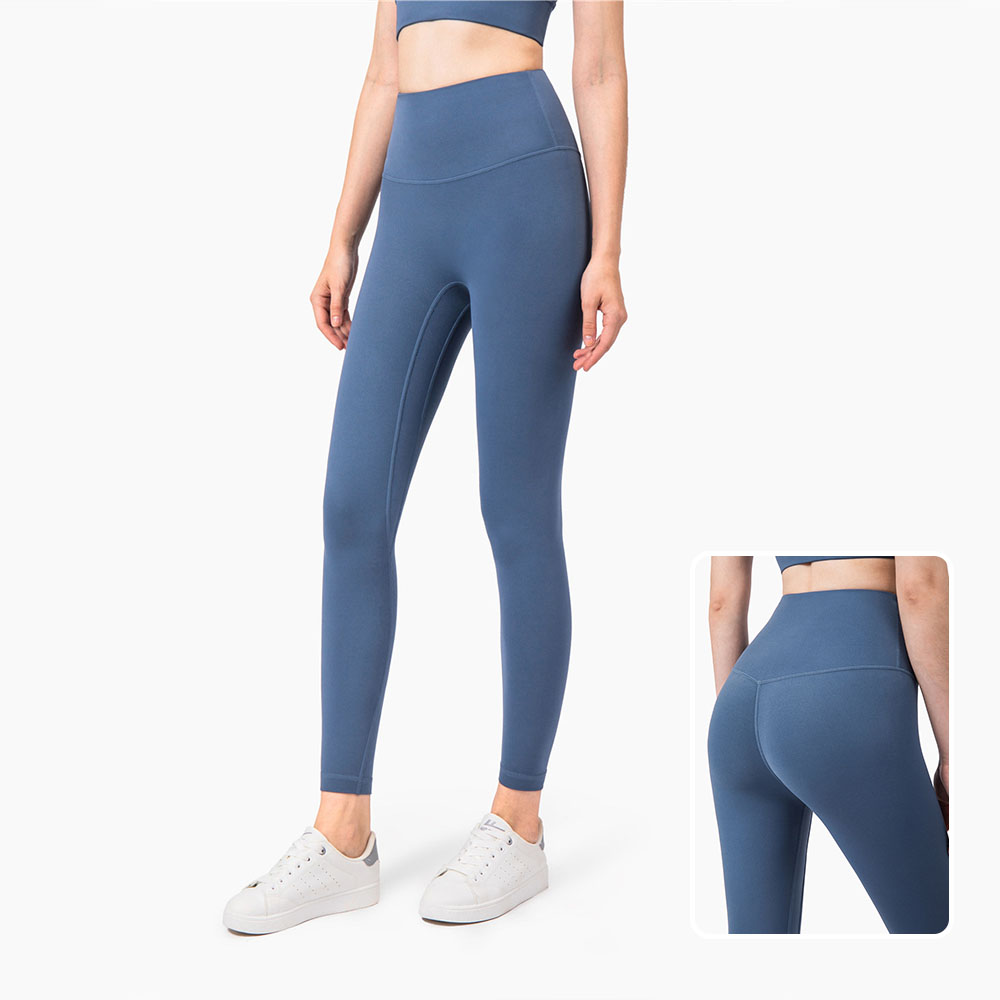
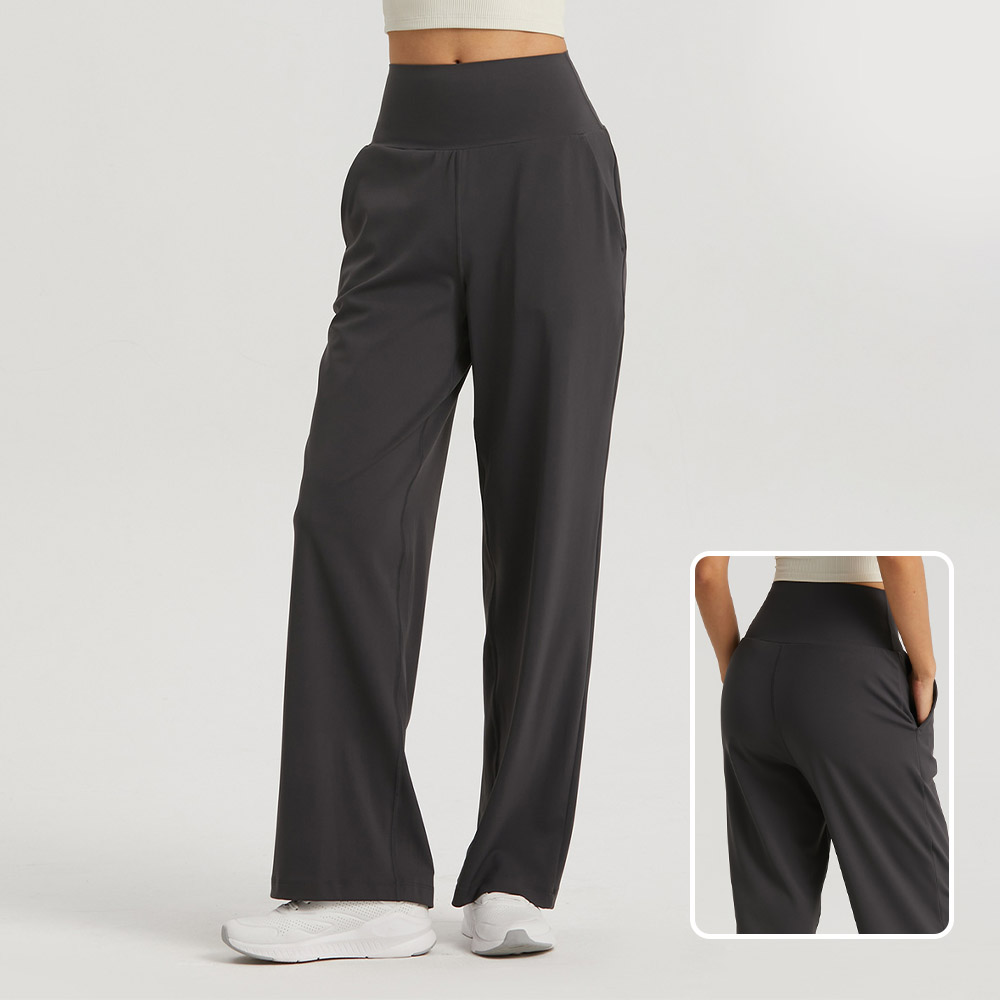
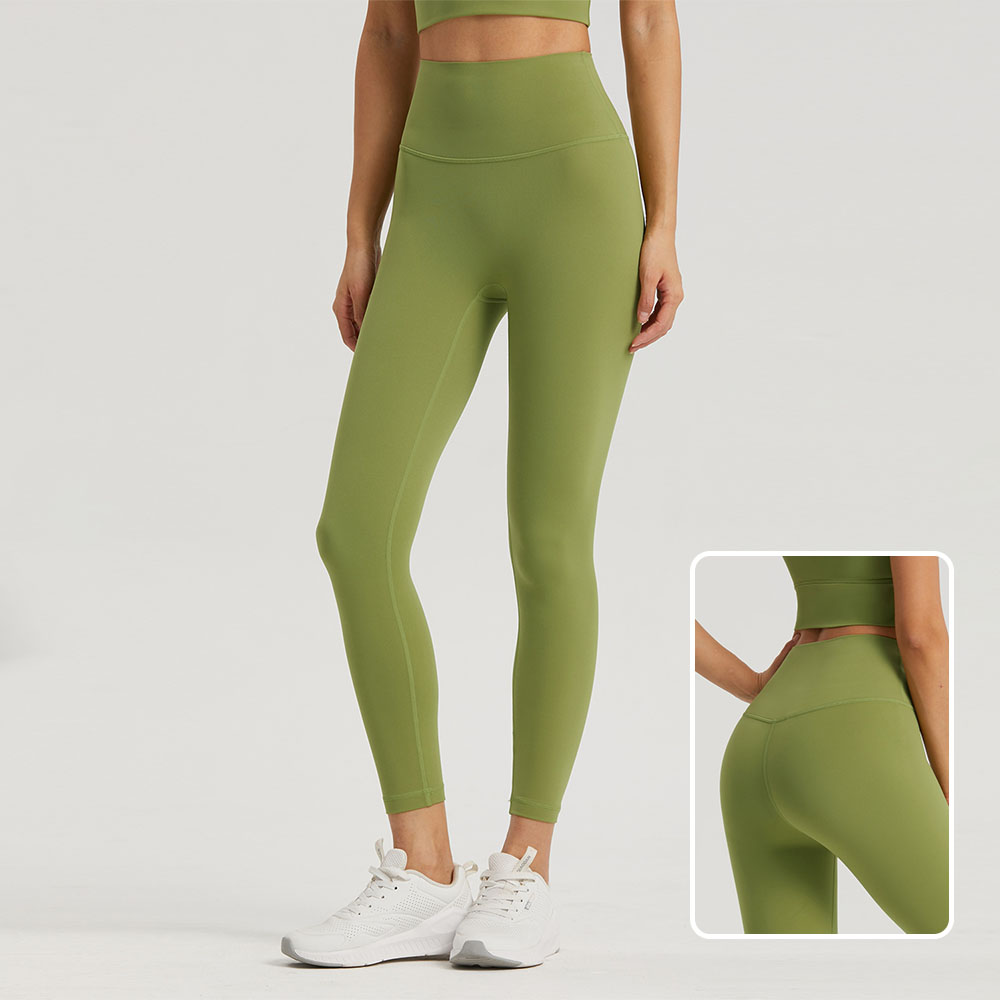
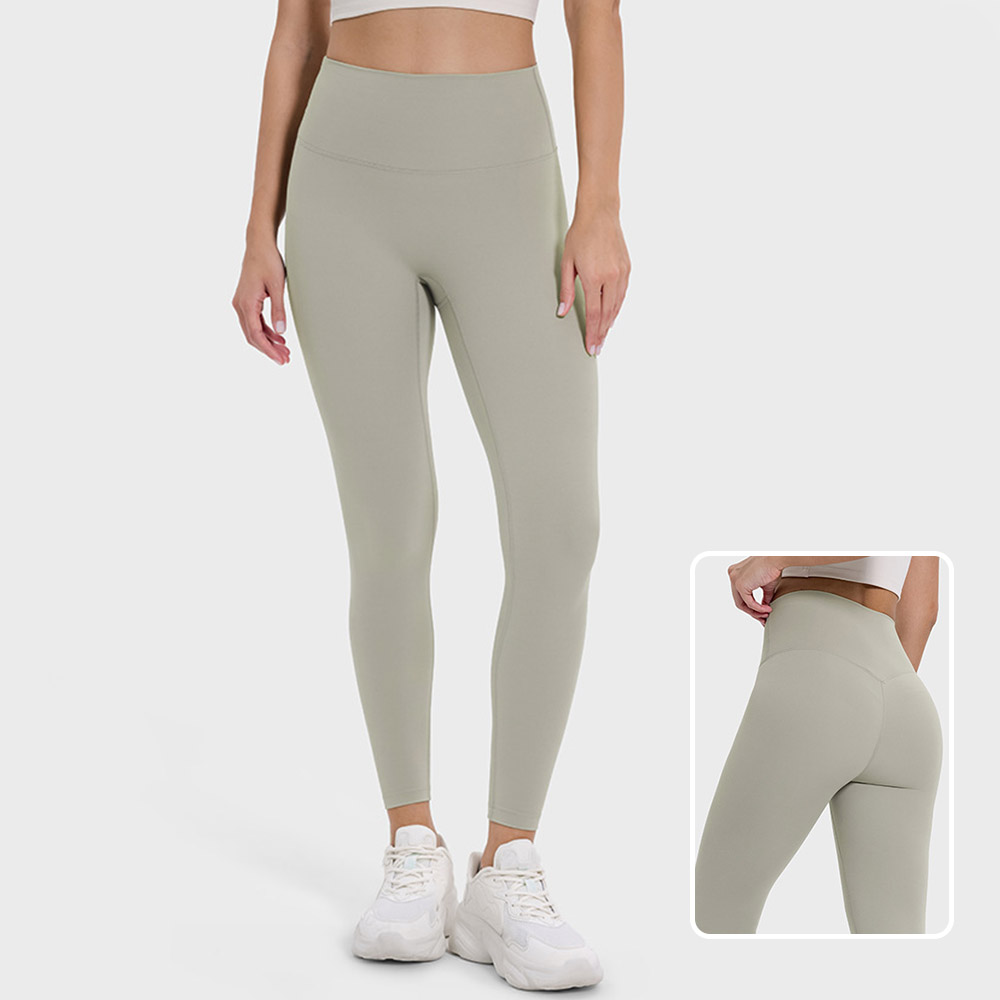
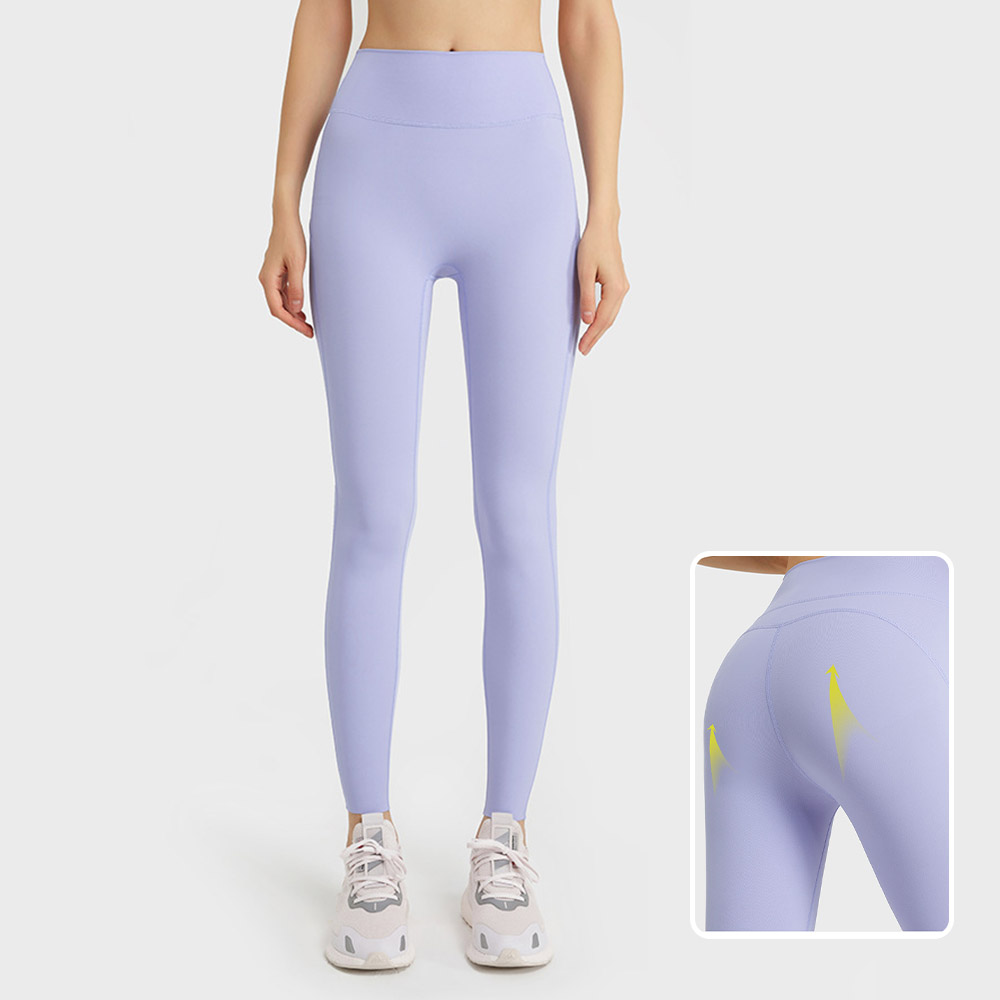
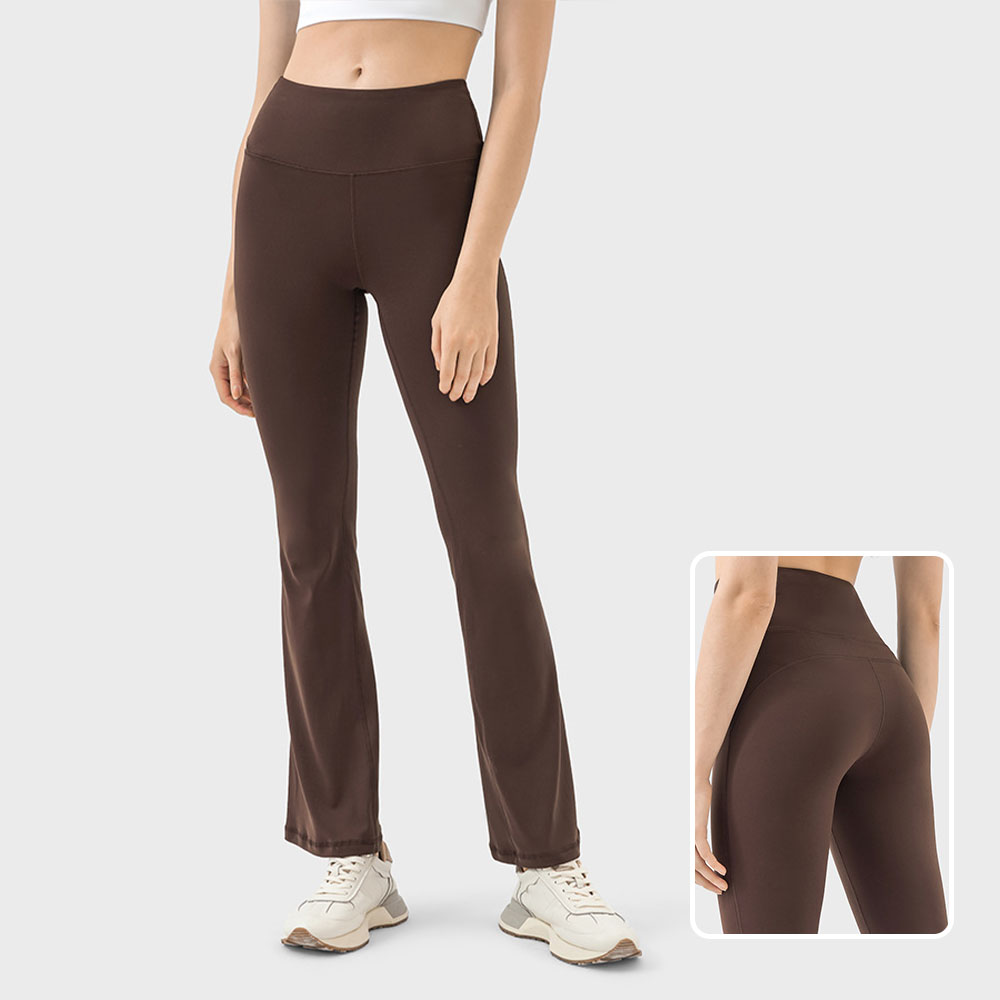
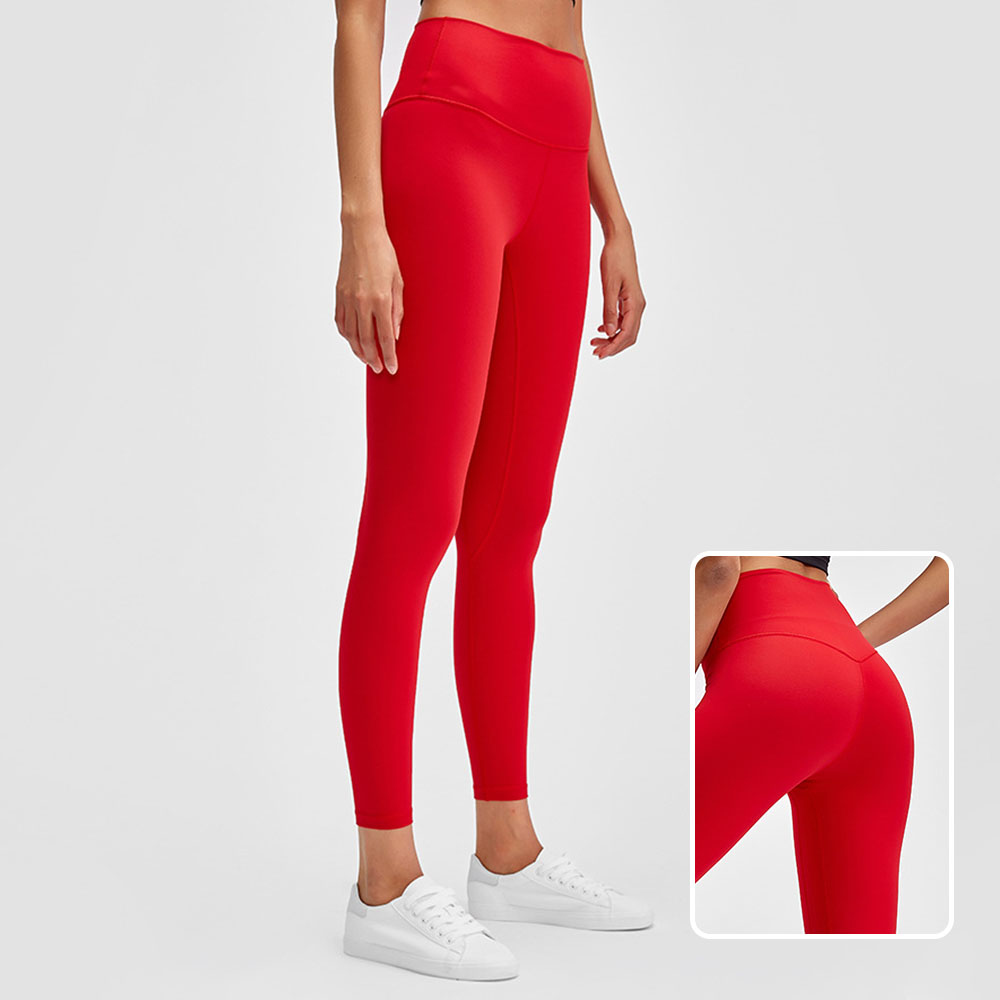
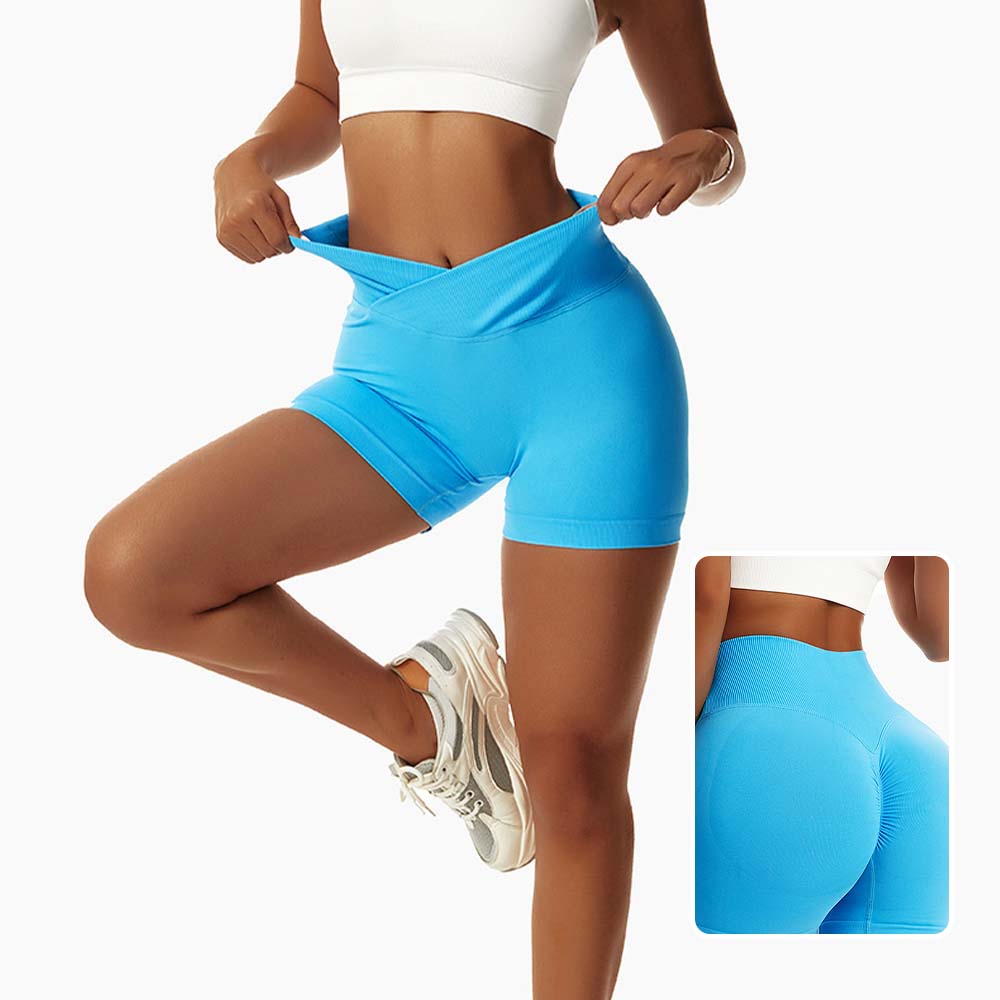
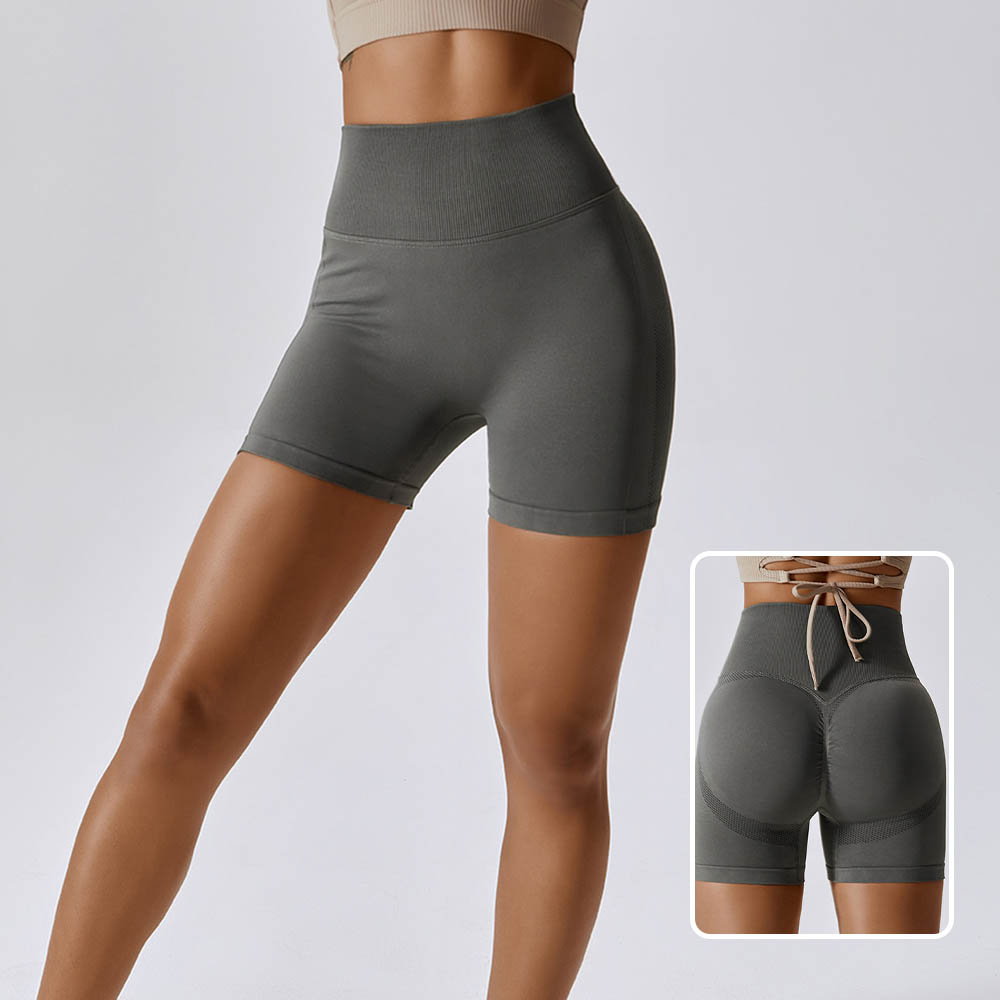
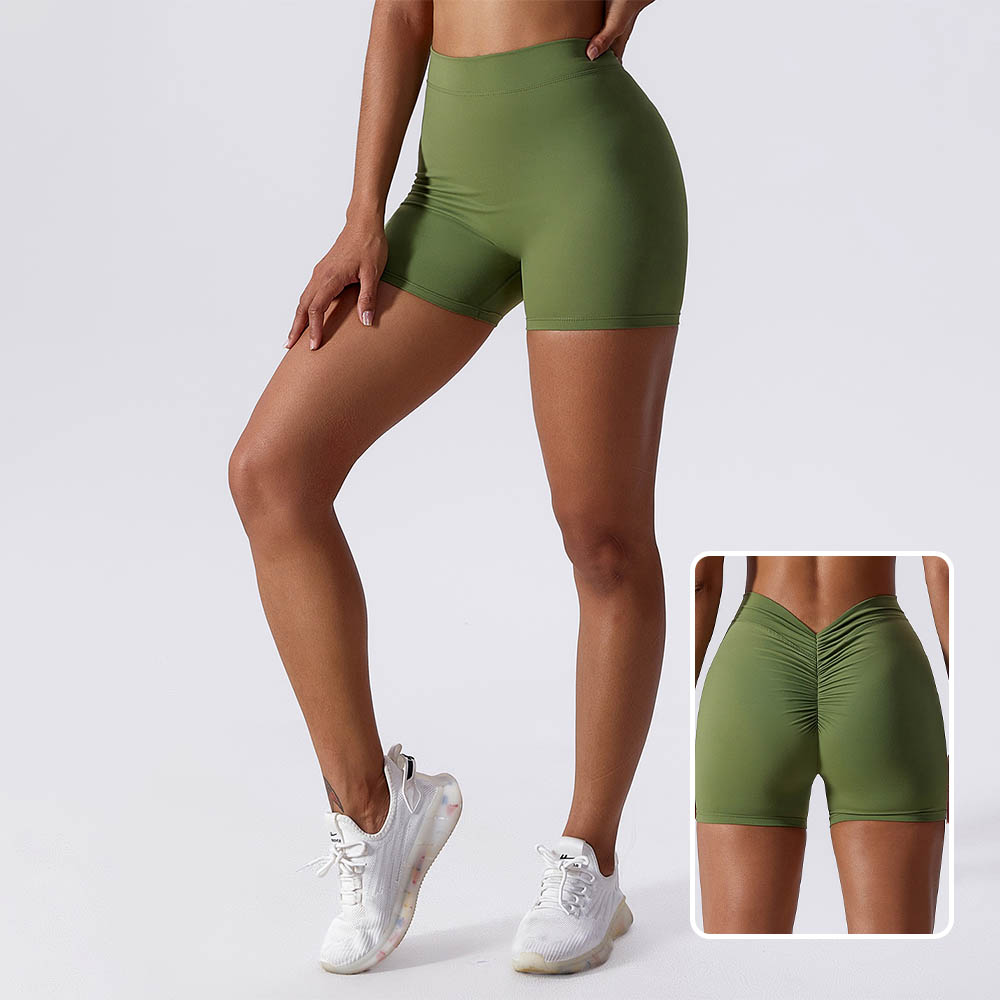

 Tel
Tel
 WhatsApp
WhatsApp
 Email
Email
 Address
Address






